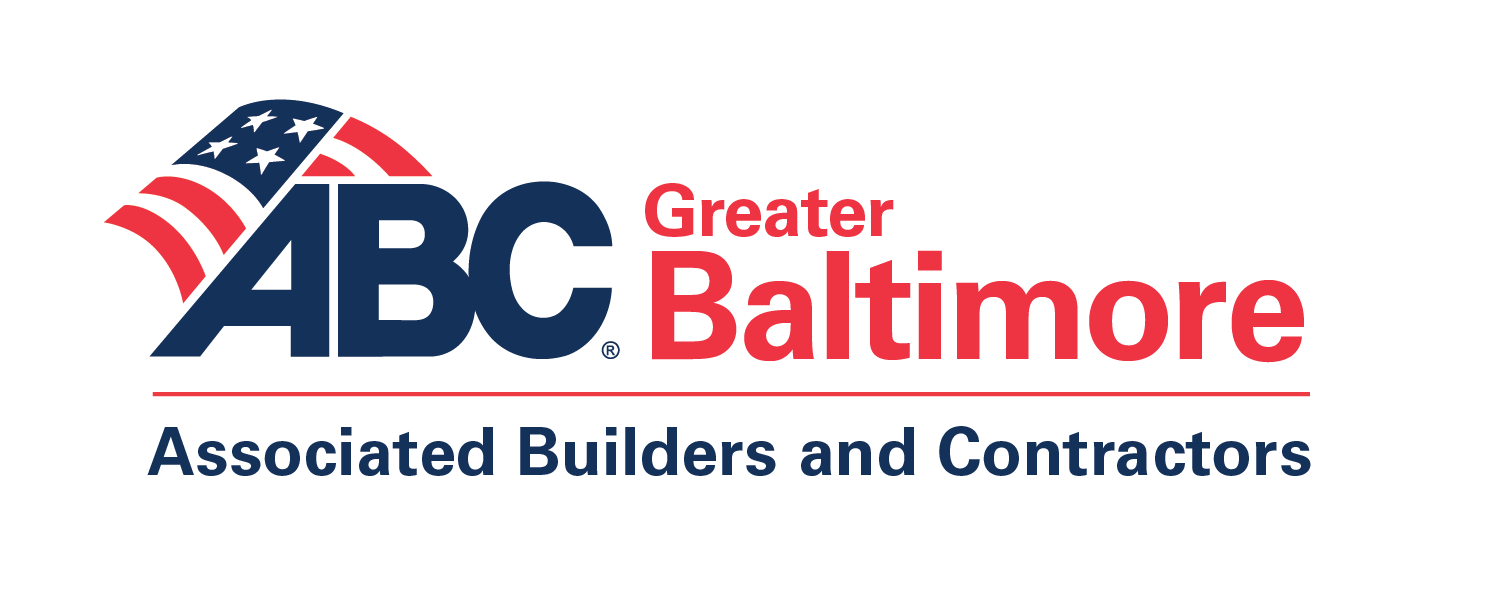In the wake of the trenching fatality that occurred earlier this week, ABC Baltimore’s Safety Director, Andrew Cook, talked about the trenching standards in an interview with ABC2 News and Fox 45.
OSHA defines an excavation as any man-made cut, cavity, trench, or depression in the earth’s surface formed by earth removal. A trench is defined as a narrow underground excavation that is deeper than it is wide, and is no wider than 15 feet.
Trenching and Excavation Safety
Excavation and trenching cave-ins result in more than 100 fatalities annually in the United States. With little or no warning, an unsupported, improperly-shored or sloped trench or excavation wall can collapse, trapping workers below in seconds.
Dangers of Trenching and Excavation
Cave-ins pose the greatest risk and are much more likely than other excavation related accidents to result in worker fatalities. Other potential hazards include falls, falling loads, hazardous atmospheres, and incidents involving mobile equipment. Trench collapses cause dozens of fatalities and hundreds of injuries each year.
Protect Yourself
Do not enter an unprotected trench! Trenches 5 feet (1.5 meters) deep or greater require a protective system unless the excavation is made entirely in stable rock. Trenches 20 feet deep or greater require that the protective system be de-signed by a registered professional engineer or be based on tabulated data prepared and/ or approved by a registered professional engineer.
Protective Systems
There are different types of protective systems. Sloping involves cutting back the trench wall at an angle inclined away from the excavation. Shoring requires installing aluminum hydraulic or other types of supports to prevent soil movement and caveins. Shielding protects workers by using trench boxes or other types of supports to prevent soil cave-ins. Designing a protective system can be complex because you must consider many factors: soil classification, depth of cut, water content of soil, changes due to weather or climate, surcharge loads (eg., spoil, other materials to be used in the trench) and other operations in the vicinity.
Competent Person
OSHA standards require that trenches be inspected daily and as conditions change by a competent person prior to worker entry to ensure elimination of excavation hazards. A competent person is an individual who is capable of identifying existing and predictable hazards or working conditions that are hazardous, unsanitary, or dangerous to employees and who is authorized to take prompt corrective measures to eliminate or control these hazards and conditions.
Access and Egress
OSHA requires safe access and egress to all excavations, including ladders, steps, ramps, or other safe means of exit for employees working in trench excavations 4 feet (1.22 meters) or deeper. These devices must be located within 25 feet (7.6 meters) of all workers.
General Trenching and Excavation Rules
- Keep heavy equipment away from trench edges.
- Keep surcharge loads at least 2 feet (0.6 meters) from trench edges.
- Know where underground utilities are located.
- Test for low oxygen, hazardous fumes and toxic gases.
- Inspect trenches at the start of each shift.
- Inspect trenches following a rainstorm.
- Do not work under raised loads.
Shoring hazards lead to many injuries or deaths. Why? Because too many times we make a misjudgment when we determine the type of soil we’re digging, and the selection of shoring systems.
If you have questions please, contact our Safety Director, Andrew Cook.
